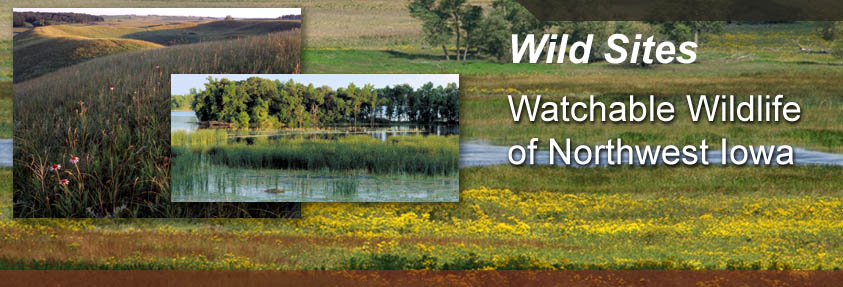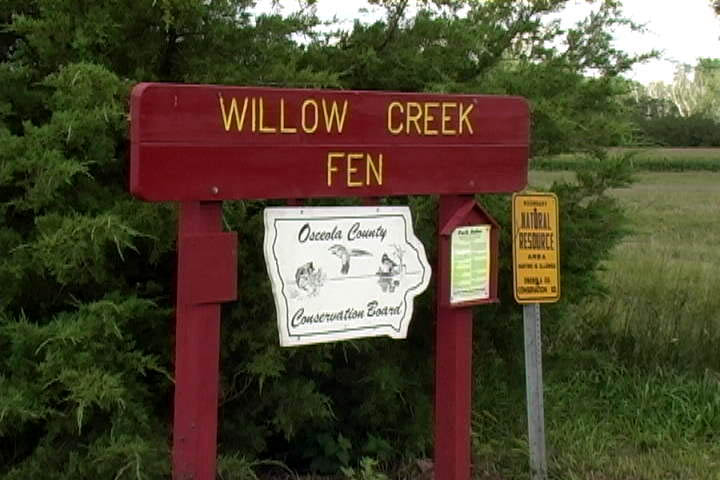 |
|||||||||||||||||
 |
|||||||||||||||||
 |
|||||||||||||||||
| Willow Creek Fen - Educational Box
Oh Deer (5th-8th Grade/ 30-45minutes) Activity in Brief: Students will portray deer and habitat components in a physical activity. Objectives: Students will identify and describe the essential components of habitat, describe factors that influence carrying capacity, define limiting factors and recognize that some fluctuations in wildlife populations are natural and that ecological systems undergo constant change. Correlation with Science Standards: Unifying Concepts and Processes - Systems, Order and Organization Unifying Concepts and Processes – Evidence, Models and Explanation Unifying Concepts and Processes – Constancy, Change and Measurement Unifying Concepts and Processes – Evolution & Equilibrium Science as Inquiry - Abilities to do Scientific Inquiry Science as Inquiry – Understanding About Scientific Inquiry Life Science – Regulation & Behavior Life Science – Populations & Ecosystems Science in Personal & Social Perspectives – Populations, Resources & Environments History & Nature of Science – Nature of Science Advance Prep: None Materials: Large area for running, clipboard or flip chart, writing materials FYI: Carrying capacity refers to the dynamic balance between the availability of habitat components and the number of animals the habitat can support. A variety of factors can affect the animals’ abilities to reproduce and maintain their populations. This activity illustrates that good habitat is the key to wildlife survival, that a population will continue to increase in size until a limiting factor is imposed and that nature is never in balance but is constantly changing. Procedure: • Identify the essential components of habitat are food, water, shelter and space in a suitable arrangement. This activity focuses on food, water and shelter, but space is also important in real life situations. • Ask students to count off into four groups. Have one group go to one end of the field and the remaining three groups go to the other end of the field. • The members of the smaller group become “deer.” When a “deer” is looking for food – hands are held in front of the stomach. When a “deer” is looking for water – hands are held in front of the mouth. When a “deer” is looking for shelter – hands are held together over the head. At the beginning of each round the “deer” will choose which component of the habitat they desire for the round. • The remaining group represents components of the habitat. Each student is allowed to choose at the beginning of each round which component he or she will represent. • The activity starts with all players lined up behind their respective lines with their backs facing the students along the other line. • Each round begins with the students making their chosen sign. All students turn to face each other at a designated signal – “Oh, Deer.” • The “deer” race toward the habitat component which matches their desired component and brings that person back to the line with them. “Capturing” a component represents a successful reproductive year. Any deer that fails to find its component dies and will be a habitat component in the next round. • Record the number of deer at the beginning and end of each round. • Discuss the habitat numbers and fluctuation. . Adapted from: Project WILD |
|||||||||||||||||
| Wild Categories | Photo Gallery | ||||||||||||||||